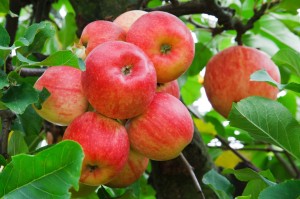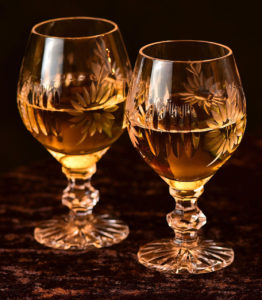
Year: 2019 and 2027
Market size: $1.06 billion and $1.60 billion
July 19th is National Daiquiri Day in the United States. A daiquiri is a cocktail made with rum, sugar, and lime although other ingredients can be added for a more fanciful drink. Strawberries can be added, for example, to make a strawberry daiquiri. The daiquiri was invented by Jennings Cox, an engineer who supervised a mine in the village of Daiquiri, Cuba in 1898. After work, Cox and his colleagues would go out to the local bar to socialize. One day he mixed Bacardi rum, sugar, and lime into a glass filled with ice. The drink was named after the Daiquiri mines and eventually became a popular drink in Havana.
This post focuses on one of the ingredients in this cocktail: rum. Craft rum to be more specific. Today’s market size shows total global revenues for craft rum in 2019 and projected for 2027. Revenues for craft rum accounted for 6.93% of the $15.3 billion craft spirits market in 2019. Many craft rum producers manufacture their product on a small scale using a hands-on process to distill their product in such a way as to control for taste and quality. By managing the fermentation process and distillation speed, the distiller can control the product’s flavor. A rising interest in craft rum and craft spirits in general, especially among millennials; an increasing number of product launches; and product promotions on social media and in magazines are all expected to contribute to growth over this time period.
Bars, pubs, and restaurants are the major distribution channels for craft rum, representing more than 60% of the market in 2019.1 Craft spirit producers tend to sell to high-end bars and restaurants before selling their products in supermarkets and other retail establishments. Having a wide variety of rum and other spirits boosts the appeal of some bars, pubs, and restaurants and in turn, boosts demand for craft rum and other spirits. The popularity of cocktails, especially high-end cocktails, has also boosted sales. According to the CGA Mixed Drinks Report 2019, cocktail drinkers frequent bars, pubs, and restaurants 25% more than non-cocktail drinkers. The growing availability of craft rum at supermarkets, liquor stores, and other retail venues, including online, is expected to lead to the fastest revenue growth in this segment through 2027.Europe held the highest share of the market in 2019, with the United Kingdom, Germany, and France being the largest consumers. The Asia-Pacific region, currently the second-largest market in the world, is expected to see the highest compound annual growth rate through 2027 due to rapid urbanization, increasing disposable income, and a growing bar, pub, and cocktail culture.
Because of the presence of many local and regional distillers, and few international ones, the craft rum industry is fragmented. In Europe, popular brands include Merser & Co., Drum & Black, Copalli, Burning Barn, Equiano, and Dark Matter. In North America, the third-largest market worldwide, Wicked Dolphin Rum, Drum Circle Distilling, Arizona Craft Beverage, Cannon Beach Distillery, Lost Spirits Distillery, and Lyon Distilling Co. are popular distillers. Worldwide, leading distillers include Bacardi Ltd., Suntory Holdings Ltd., Diageo, Maine Craft Distilling LLC, Charles Merser & Co., Drum & Black Rum Co., Wicked Dolphin Rum, Domaines Ellam, Arizona Craft Beverage, Belize Spirits Marketing Inc., and Rockstar Spirits Ltd.
1 In 2020, many restaurants, bars, and pubs were shut down to control the spread of COVID-19. As a result, the share of the craft rum market at these establishments dropped significantly. As establishments begin opening up and capacity restrictions ease, market share is expected to rebound.Sources: “Craft Rum Market Size, Share & Trends Analysis Report by Distribution Channel (On-trade, Off-trade), by Region (North America, Europe, APAC, Central & South America, MEA), and Segment Forecasts, 2020 – 2027,” Grand View Research Report Summary, October 2020 available online here; “Global Craft Spirits Market – Forecasts from 2020 to 2025,” Research and Markets, May 2020 available online here; “National Daiquiri Day – July 19, 2021,” National Today, July 19, 2020 available online here.
Image source: Adapted from Alexas_Fotos, “rum-alcohol-after-work-cozy-mood-3898745,” Pixabay, December 30, 2018 available online here.




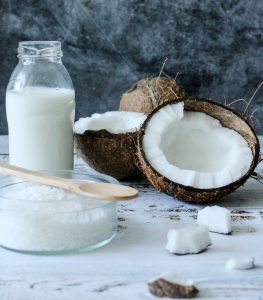
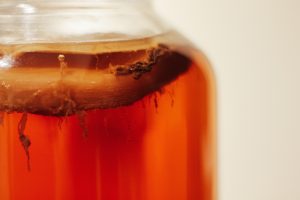


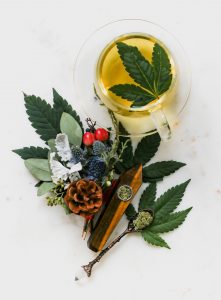
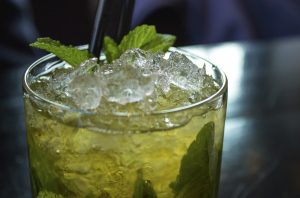
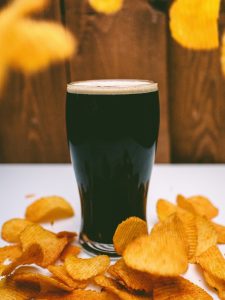
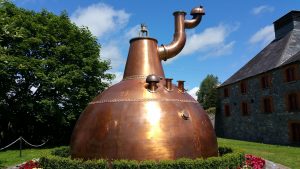
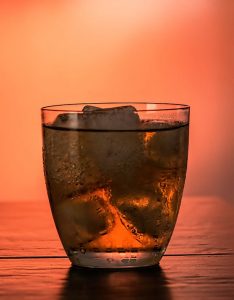 The earliest recorded distilling of Scotch whisky was in 1494, by a monk named Friar John Cor, but the drink back then was not like the Scotch of today. It was considerably more potent and in some cases dangerous to drink. The quality improved in the 16th and 17th centuries as scientific knowledge and distilling equipment improved. Early on the distilling of Scotch took place in monasteries. After the monks were forced to leave, they employed their skills in the wider society and knowledge of the distilling process spread.
The earliest recorded distilling of Scotch whisky was in 1494, by a monk named Friar John Cor, but the drink back then was not like the Scotch of today. It was considerably more potent and in some cases dangerous to drink. The quality improved in the 16th and 17th centuries as scientific knowledge and distilling equipment improved. Early on the distilling of Scotch took place in monasteries. After the monks were forced to leave, they employed their skills in the wider society and knowledge of the distilling process spread.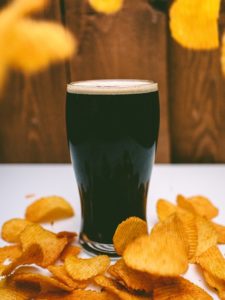 From 2012 to 2016, the number of craft breweries in the United States more than doubled from 2,420 to 5,234. In 2016, sales of craft beer made up 22%—$23.5 billion—of the overall beer market.
From 2012 to 2016, the number of craft breweries in the United States more than doubled from 2,420 to 5,234. In 2016, sales of craft beer made up 22%—$23.5 billion—of the overall beer market. 
